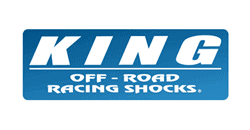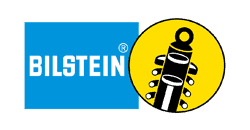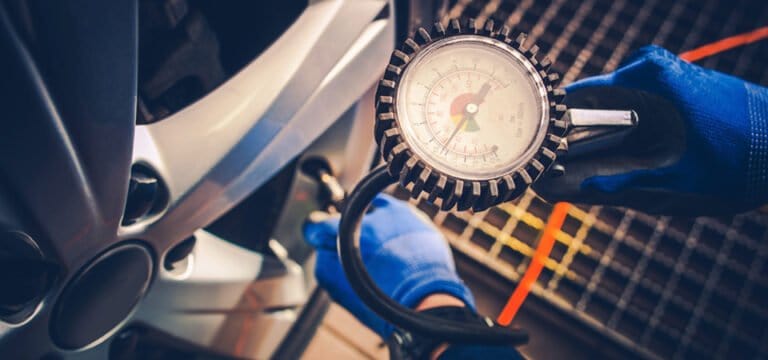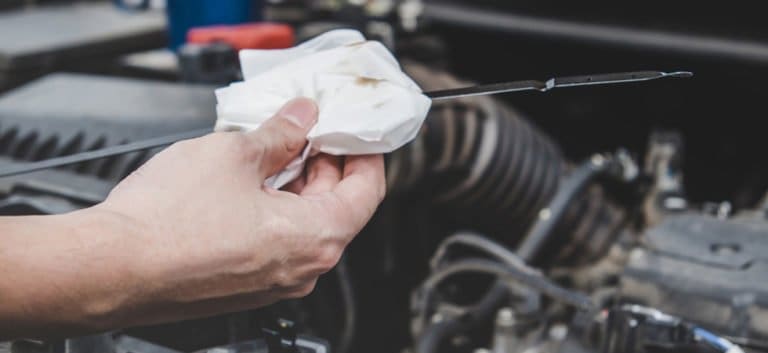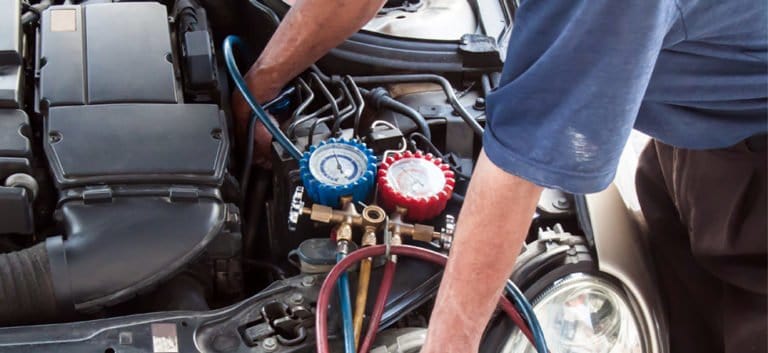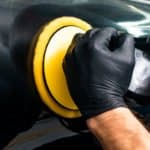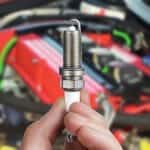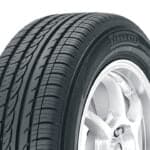Affiliate Disclosure: Some of the links in this post are affiliate links. As an Amazon Associate, we earn from qualifying purchases. Read more in our affiliate policy.
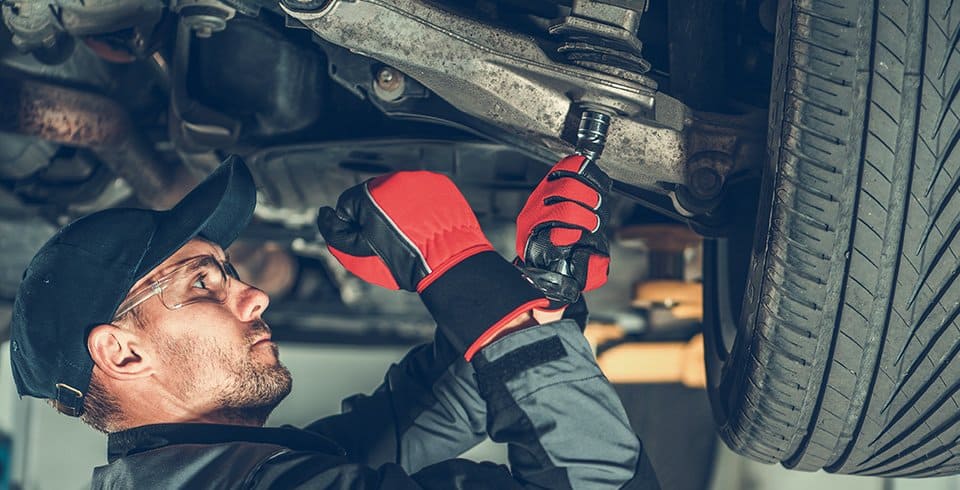
What Is a Bump Stop? You Asked, We Answer!
Hello and welcome to yet another post. This time, we answer a question of what is a bump stop.
A vehicle’s suspension has often been laureled for allowing our vehicles to navigate its own share of ups, downs, and bumps as comfortably as possible. It’s not just the smooth ride that we aim for but it’s also the peace of mind when we drive day in and day out.
Whether we go out all by ourselves or with our family, we want the best possible experience that we can get from our vehicles. But is anything actually safeguarding the fitness of our automobiles’ suspensions so that it can continue to ease those less than smooth rides?
There is and that is the bump stop, that and more valuable information only here from garagechief.com.
What is a Bump Stop and How Do Bump Stops Work?
We will start off with what your suspension is able to carry on doing for a long time because the bump stop keeps its well-being in check.
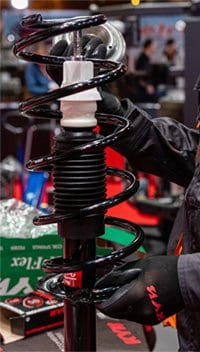
The bump stop’s job happens when the suspension encounters a bump or a hard landing that causes an upward travel.
If the suspension bottoms out and cannot compress any further to absorb the resulting hard shock from the upward movement, the bump stop cushions the movement of the suspension and the wheels to inhibit metal-to-metal clash which will ultimately damage the suspension.
In short, it acts as a secondary spring. It is usually placed on the damper or in a concentric manner with the road spring.
Another lesser-known influence of the bump stop is that it affects a vehicle’s balance. Because it backs up the spring, it can affect how your car handles extra load and maintain an even ride when there is a weight change from, let’s say, a single passenger to a full gang of five.
It can also dictate the way your car shifts the weight when you step on the gas or the brakes or turn into a corner. Too long or too hard a bump stop, for example, could cause your car to drift too much.
How Bump Stops Work
What are the different types of bump stops?
Let’s take a look at the bump stops that come with your vehicle and the ones that you can upgrade to.
Rubber Bump Stops
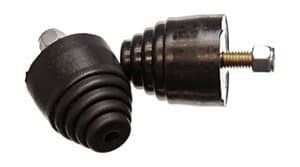
They do what is expected of them to aid the end portion of the spring travel with a high spring rate.
They’re designed with a tapered shape to increase the spring rate as they are compressed.
One drawback to rubber bump stops is that it dispels energy into the suspension rebound which could make the shocks work harder. They act much like a coil spring and provide hardly any damping.
Universal Bump Stops
The common bump stop of choice for aftermarket augmentation is the urethane variety.
Its spring rate behavior is similar to that of a rubber bump stop. It also dissipates energy into the suspension rebound just like its rubber counterpart.
Urethane is easy to form and shape with common machining processes but it may not be very durable and can break down when compressed with intense force.
Newer vehicles now use micro-cellular urethane (MPU) material. It is designed with improved durability over urethane. Although it is lighter than rubber, MPU is more durable and can withstand higher volume compression. They can also remain flexible even at low temperatures.
MPU has an excellent load deflection. The more you compress it, the stiffer it becomes. The longer ones, however, have the tendency to distort the more they are compressed so they are fitted with convolutions to maintain their shape.
Fixed bump stops like the ones made of rubber, urethane, and MPU are short. They, therefore, have an extremely increasing compression rate. As such, they tend to halt the suspension in a very quick and usually rough manner.
Hydraulic Bump Stops
A bump stop that has been gaining traction lately is the hydraulic bump stop. It also goes by the name nitrogen bump stop or air bump.
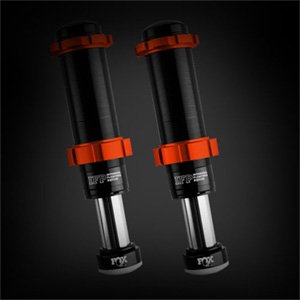
A suspension that utilizes hydraulic bump stops typically run a softer spring rate. You would, therefore, get a smoother ride under normal driving conditions.
A lot of original equipment manufacturers lately are considering the addition of hydraulic bump stops to permit softer suspension spring rates.
Hydraulic bump stops come in body sizes of 2.0” and 2.5”, and stroke lengths of 2”, 3”, and 4”. They can be shortened by using internal spacers.
The cylinder diameter can be determined by the vehicle’s weight and how you’re using it. The stroke length is identified by the suspension travel and where the bump stops will be placed.
2.0 Bump stops are suited for solid axle vehicles that are 5000 lbs. or less and are used for trail running. Vehicles with low ride heights (5” or less) can use 3” or 2” stroke bump stops depending on the available space.
2.5 Bump stops work best with solid axle vehicles that weigh more than 5000 lbs. Vehicles with a lot of suspension travel should use 4” travel bump stops and 2” or 3” for low ride heights.
Should I upgrade my bump stops?
The conditions that the vehicle will be working under would be the top consideration here. If your vehicle has to routinely absorb impact as in the case of off-roading, fitting your vehicle with hydraulic bump stops could be worth it.
Generally, the only time that you have to replace a stock bump stop is when it falls off or when they dry out and crack or crumble.
Common symptoms of worn or missing bump stops include vibration and clanking noises which is caused by metal-to-metal contact.
Should I trim the factory bump stops when lowering springs and installing aftermarket shocks?
Some coil-overs and a lot of aftermarket spring kits need the OEM bump stop top. If you lower your car by a significant amount, it would cause constant contact with the bump stop.
Your car will most likely understeer and ride hard under these conditions. It may be recommended to trim them to give them space.
Bump Stop Brands
FOX
Highly recommended for customers on a tight budget. Fox’s hydraulic bump stops are extremely popular and in demand.
It’s partly due to their affordability. Even though their components are slightly smaller and built for mass manufacturing, they are still one of the trusted and go to brands in the market.
KINGS and ADS
The components in these brand’s bump stops are known to be beefier than the rest of the stuff out in the market. Their bump stops are top-mounted and fit in precision machined mounting sleeves, instead of your traditional pinch style cans.
The shocks are built with full-size pistons, rebound shims, compressions, and high-pressure seals.
BILSTEIN
Other than a rebound spring put in place of a shaft spacer, Bilstein’s products are practically identical to that of Fox’s.
The spring is designed to dampen the bump stop’s unloading forces to prevent that annoying clicking sound because of it fully extending.
SPC Performance / Light Racing
SPC performance calls their bump stops “jounce shock” because of the unique design. It dampens both compression and rebound movement by inducing oil through externally adjustable needle valves instead of the usual valving shims.
This design makes it super compact allowing it to fit in the usual spaces. Even though it’s quite difficult to open and service, it’s still pretty much a go-to brand and design.
Some other popular brands are, All star Performance, Eibach Springs, Hypercoils, Integra Racing shocks and Springs, Joe’s Racing Products, KONI, Landrum Performance Springs, PAC Suspensions Springs, Penske Racing Shocks, and Steeda Autosports.
What Are Bump Stops – Conclusion
The bump stop is a part that is often overlooked. It is more than just a suspension’s support. Its other name, spring aid, suits it better.
It helps your vehicle maintain a level ride when there is a weight change in the car’s load. It also influences the way your vehicle rolls and pitches by helping the spring handle shifts in weight when accelerating, braking, or turning.
It is important to note though that the suspension primarily performs these functions so if you notice your car pulling to one side when you’re driving or you notice a corner of your car that sits lower than the rest, or your car dives/rolls/squats, there could be a problem with the car’s suspension system. It is always best to visit your mechanic for a thorough inspection.
We hope this post has been helpful in getting more understanding on what is a bump stop and how does it work in detail. To the next one, thanks!
Disclaimers
All product names, logos, and brands are property of their respective owners. All company, product and service names used in this website are for identification purposes only. Use of these names, logos, and brands does not imply endorsement.
It is our policy to make every effort to respect the copyrights of outside parties. If you believe that your copyright has been misused, please provide us with a message stating your position and we will endeavor to correct any misuse immediately.
Some of the links in this post are affiliate links. As an Amazon Associate, we earn from qualifying purchases. This means if you click on the link and purchase the item, we may receive an affiliate commission, at no extra cost to you. This helps us keep this website alive. Read more in our affiliate policy.

